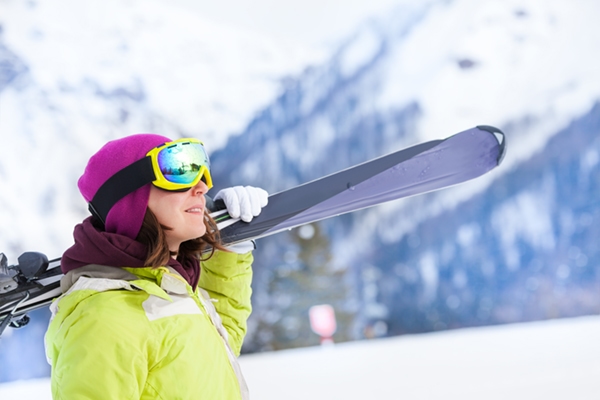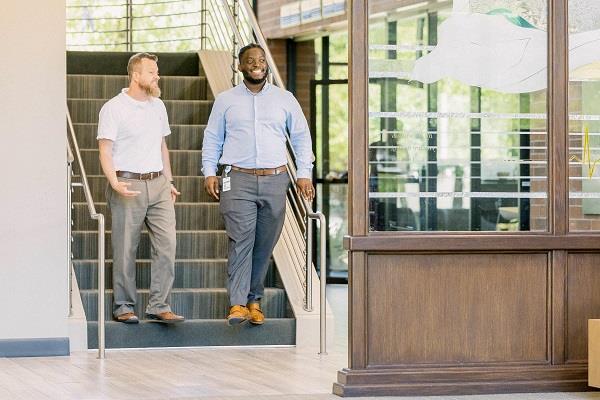Tips to reduce snow sports risks
Dec 5, 2022

Making proactive choices ahead of time can help ensure you and your family have a safe and happy day when you hit the slopes. There’s nothing like a bluebird day on Mount Hood, but it’s not much fun to come home feeling sore or, worse, finding yourself injured.
Dr. Andrea Young, orthopedic surgeon and sports medicine specialist, points out how little most people prepare physically for winter sports. “While we often make sure our equipment and vehicles are ready for winter, many do not invest the time to prepare for the physical demands these snow sports entail,” she says.
Steps to reduce winter sports pain
Fortunately, there are steps you can take to reduce the chance of pain and injury caused by skiing and snowboarding. Dr. Young has some great ideas to help you and your family have a happy snow day on the mountain. If you’ve checked in with your doctor to be sure you’re cleared for mountain sports, check out these tips before you head to the snow.
Shape up: If you’re waiting for better snow on the mountain, use the time at home to get your body in better shape for your favorite winter sports. In addition to leg strengthening, work on your endurance by working at a level that keeps your heart rate up for 20 to 30 minutes.
Get well-equipped: Make sure you have and use a helmet to prevent the all-too-common head injury from a hard smack on the snow or, worse, a tree. Also make sure your skis or snowboard are up to date. Dr. Young notes that newer ski bindings use technology that has decreased injuries to your lower half.
Stay inbounds: The safest place to ski is inside the boundaries of a ski resort. In addition to being regularly groomed and checked for hazards, the inbounds areas give you more immediate access to rescue and medical help if needed.
Ski with a friend: “Have a buddy on the slopes so that if something does happen, they are there to help,” Dr. Young advises. While this is important anywhere you ski, it’s especially necessary if you’re in the backcountry.
Eat, drink to be merry: It’s easy to forget your basic physical needs when you’re trying to make the most of your day in the snow. But it’s important to remember you need a lot of water while exercising at higher altitudes. Your body also needs fuel, so keep some energy bars tucked in your pockets for a snack while you’re on the lifts.
Take a break: Most of us aren’t used to exercising all day. Be kind to your body and take a rest. Riding lifts gives your body a break, but it’s also important to stop by the lodge for additional downtime.
Quit while you’re ahead: It’s important to listen to your body and know when it is time to back off a bit. “Most injuries happen later in the day,” Dr. Young explains. “Recognize when you are tired and try to avoid the more difficult runs later in the day when you are feeling fatigued.” Ending your day whole, happy and early is better than pushing yourself too far and ending up injured.
Stick to your level: Speaking of difficult runs, work up to harder terrain slowly. Know the limits of your ability, and particularly make sure your kids don’t try to tackle
Handling mountain injuries
Ski resorts usually have some kind of medical help available at the resort, but the care is often limited to a quick evaluation and stabilization. For major injuries and trauma, they will quickly arrange ambulance transport to the emergency room.
Even if you don’t need an ambulance, it’s important to have your injury evaluated by a physician when you return to town. Adventist Health Portland’s urgent care clinics — including in Sandy, right near Mount Hood — are well-equipped to many of your injuries, including sprains and simple fractures. You can even check wait times online and save your place in line while you’re on your way down the mountain.


